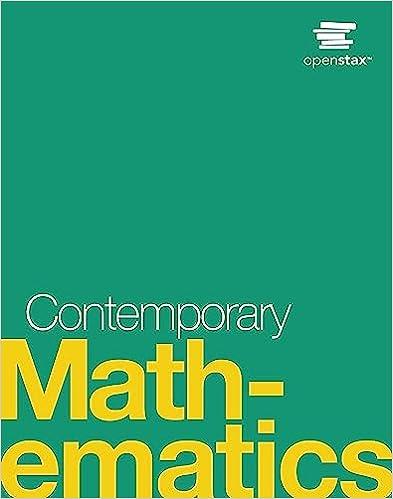Answered step by step
Verified Expert Solution
Question
1 Approved Answer
Your findings and ideas will certainly help me broaden my view of this P.D. Concept.. policies, usefulness etc.. Dr Sowell states In short, the costs
Your findings and ideas will certainly help me broaden my view of this P.D. Concept.. policies, usefulness etc..

Step by Step Solution
There are 3 Steps involved in it
Step: 1

Get Instant Access with AI-Powered Solutions
See step-by-step solutions with expert insights and AI powered tools for academic success
Step: 2

Step: 3

Ace Your Homework with AI
Get the answers you need in no time with our AI-driven, step-by-step assistance
Get Started


